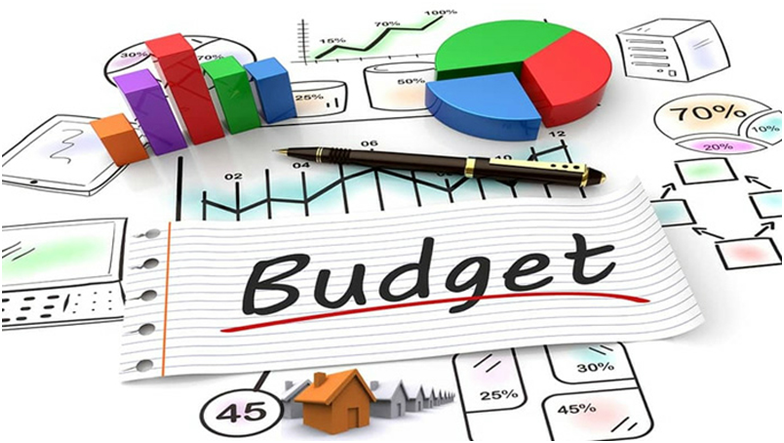
Charles R. Goulding and Preeti Sulibhavi consider high-tech implications of ongoing PPP loans for businesses.
The widely used Paycheck Protection Program (PPP) loan process has placed a microscope on some core business expenses. The PPP loan process is administered by the US Small Business Administration. Analyzing these expenses for your own business and for your competitors can provide valuable business insights. There are two major PPP business categories:
- Facility Related
- Employee Cost Related
Facility Related
Here the subcategories are:
- Rent and/or Mortgage Interest Payments
- Utilities
Rent
With retail rents falling, retailers need to compare their outlays to steadily declining rents and use the new data to negotiate with landlords or move to different locations. For manufacturing, automation investments are also reducing the need for building square footage. Numerous businesses with increasing remote workforces have fewer brick and mortar facility needs. Well-known companies that have publicly disclosed forthcoming reductions in their facility square footage include Raytheon and MSC Industrial Supply. With lower interest rates, high mortgage interest payments are provided with refinancing opportunities.
Utilities
Identifying high utility costs can result in action. Lighting costs can be reduced with low wattage LED lighting and lighting controls, as well as HVAC heating and cooling costs that can be reduced with high-efficiency equipment and HVAC controls.
Utilizing new and improved energy-efficient technologies can frequently reduce utility costs by more than 50 percent. Utility rebates, low-cost financing and tax incentives are often available for such projects.
Employee Costs
Here the subcategories are:
- Wages
- Healthcare Costs
Wages
The $100,000 wage cap is an interesting break-even point for employee performance metrics. Employees earning more than $100,000 need to score high on performance measurements. To optimize R&D tax credits companies need to separate the wages of technical employees from non-technical workers, including sales and administration in the PPP loan payback calculation.
In an environment limiting person-to-person sales contact and trade shows, companies with large sales force costs need to match emerging new sales technology investments and enhance employee training to be reflected in their sales budgets. Companies with high administrative employee costs and repetitive tasks can utilize growing “bot” technology to reduce these costs. Some low-cost “bot” investments can be quickly calculated and have an almost immediate ROI.
Healthcare Costs
High healthcare costs can often be reduced with self-serve PEOs and a myriad of new, novel software platform-based benefit service providers.
Competitive Analysis
PPP loan company names, locations and loan amounts are public information. This new data provides a treasure trove of previously undisclosed data. Knowing more about the scale and scope of a competitor’s and customer’s information is invaluable. PPP Loan disclosures provide a wealth of data for benchmarking.
Purchasing departments can use this data to make better purchasing decisions. Suppliers can use this information to identify new customers. Banks and other lenders can use this data to identify companies that may have capital needs or capital constraints. Companies with business units in the same business can use analytics to compare the performance of each unit.
Federal tax incentives, such as the Research and Development Tax Credit, are available for companies that pursue “bot” technologies and 3D printing activities.
The Research & Development Tax Credit
Whether it’s used for creating and testing prototypes or for final production, 3D printing is a great indicator that R&D Credit eligible activities are taking place. Companies implementing this technology at any point should consider taking advantage of R&D Tax Credits.
Enacted in 1981, the now permanent Federal Research and Development (R&D) Tax Credit allows a credit that typically ranges from 4%-7% of eligible spending for new and improved products and processes. Qualified research must meet the following four criteria:
- Must be technological in nature
- Must be a component of the taxpayer’s business
- Must represent R&D in the experimental sense and generally includes all such costs related to the development or improvement of a product or process
- Must eliminate uncertainty through a process of experimentation that considers one or more alternatives
Eligible costs include US employee wages, cost of supplies consumed in the R&D process, cost of pre-production testing, US contract research expenses, and certain costs associated with developing a patent.
On December 18, 2015, President Obama signed the PATH Act, making the R&D Tax Credit permanent. Beginning in 2016, the R&D credit has been used to offset Alternative Minimum Tax (AMT) for companies with revenue below $50MM and, startup businesses can obtain up to $250,000 per year in payroll tax cash rebates.
Conclusion
The PPP loan program has made some key financial data items very visible. Good managers will use this new important data that is available to them to better manage their businesses.
